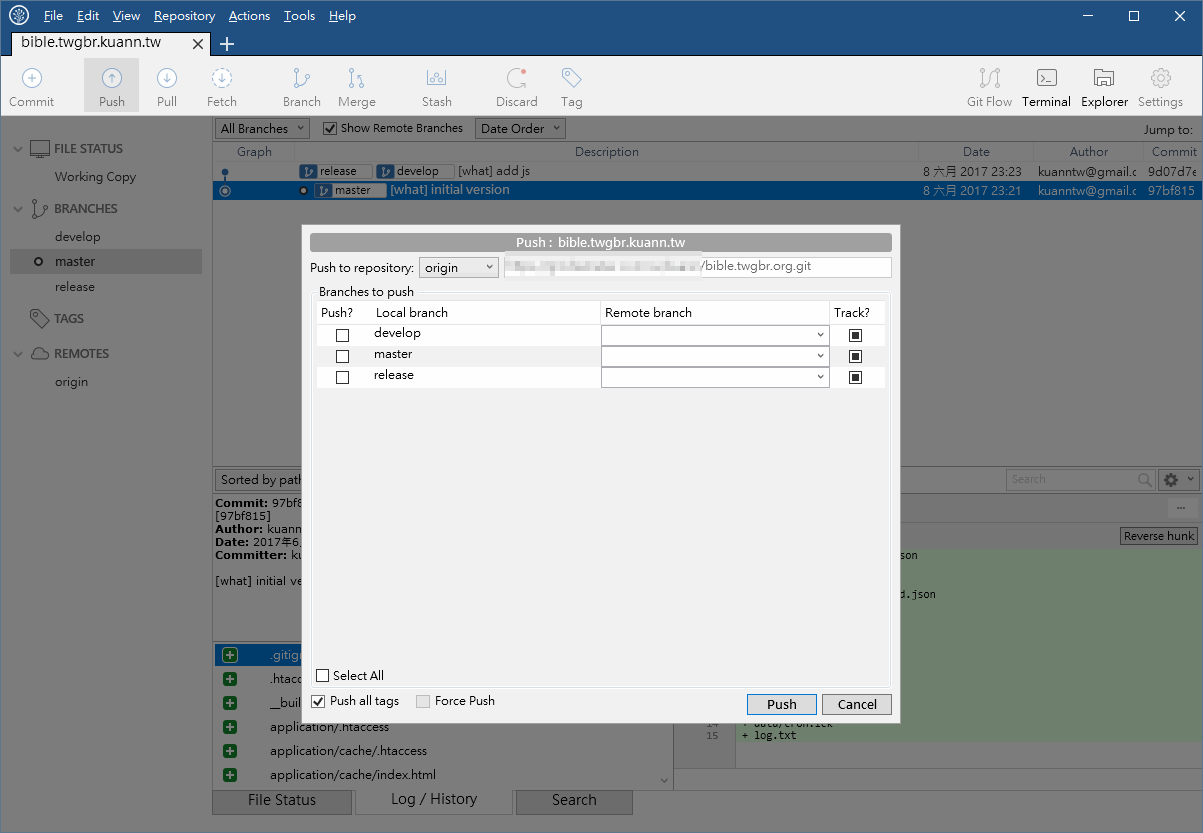

GitLab and Github – Both Gitlab and Github make setting up a “central” repository and sharing code very easy.Also a developer can just check in locally until the server comes back up and then push everything to the server at that point. So you automatically have a backup built in. They have a complete copy of the repository. With Git, there is no “official” central server. No central server – You might not see a central server as a problem, but consider the following: What happens if your server goes down? Hopefully, you have backups, but until it gets rebuilt you can’t checkin or checkout.You notice the speed improvement a lot with log file viewing and branching. With Git, not only do you not need to push over the network every time you checkin, but when it does push or pull data over the network, it does a bunch of optimizing so the speed is much faster. As your SVN repositories get larger you are sending more data over the network with every checkin and checkout. When I was using SVN every day, I never realized just how slow it was. I’ve been doing some work for a friend of mine who still uses SVN. Speed – This became painfully obvious to me recently.You also have a complete copy of the log at any time. You can check in all your changes on site and then push them over the network when you get back. Git solves both of those problems by giving you a complete copy of the repository when you clone it. With SVN, both of those require internet access. This posed 2 problems, he couldn’t check anything in or out of the repository and he couldn’t browse the log. He was explaining how often he would get called to fix problems at a customers site that did not have internet access. Working Remotely – What convinced me to give Git a try was a conversation I had with local CLA Levi Gustin.I think the best way to beat that argument is to point out the advantages to using Git. I think a lot of resistance to moving away from SVN, is “Well SVN works for me and I’ve been using it for X number of years, so I don’t want to invest the time to learn Git.” I used to buy into that argument. In some situations, it may still be the best choice. Now don’t misunderstand me, SVN is certainly better than no source code control at all. It was not painless, but we thought the benefits were worth it. We moved from SVN to Git about 3 years ago. My general impression is that a large portion of the LabVIEW community has moved away from SVN and towards Git. A lot of people are using Git, a few people we using Mercurial, but I was surprised by how many people were still using SVN. Almost everyone I talked to universally said they were using some kind of source code control. While I was asking everyone I met at NI Week about what frameworks they were using, I also started asking about source code control as well. 6 min read What do you use for source code control?.

On Windows, this optimization can halve the time required to perform a recursive merge of a single commit with the LLVM repo. (Merged by Junio C Hamano - gitster - in commit 0739479, ) merge: optimization to skip evaluate_result for single strategyįor a merge with a single strategy, the result of evaluate_result() is effectively not used and therefore is not needed, so avoid altogether. See commit 8777616 () by Andrew Ng ( andrewyng). Speaking of merge, Git 2.28 (Q3 2020) will include some code optimization for a common case. It appears that the majority of the slowness happens when creating or merging branches. It remains to be tested if a simple exception rule (for instance on the git installation folder) would be enough for git to run normally (ie, if the AV is set to not check its git installation folder).
Sourcetree git flow slow software#
The goal is to make sure you don't have any conflicts with other software in your PATH.Īlso, try and (for testing) turn out that your anti-virus to see if there is any side-effect here.įinally, make sure your codebase is on your local drive (not accessed through the network or shared mounted folder) Then type bash -l -i and see if Git is still slow. Open a regular CMD console and set a PATH to: set PATH=C:\WINDOWS\system32 C:\WINDOWS C:\WINDOWS\System32\Wbem C:\WINDOWS\System32\WindowsPowerShell\v1.0\
Sourcetree git flow slow windows#
unzip PortableGit-2.12.2.2-64-bit.7z.exe (if you have a Windows 64 bits) anywhere you want.


 0 kommentar(er)
0 kommentar(er)
